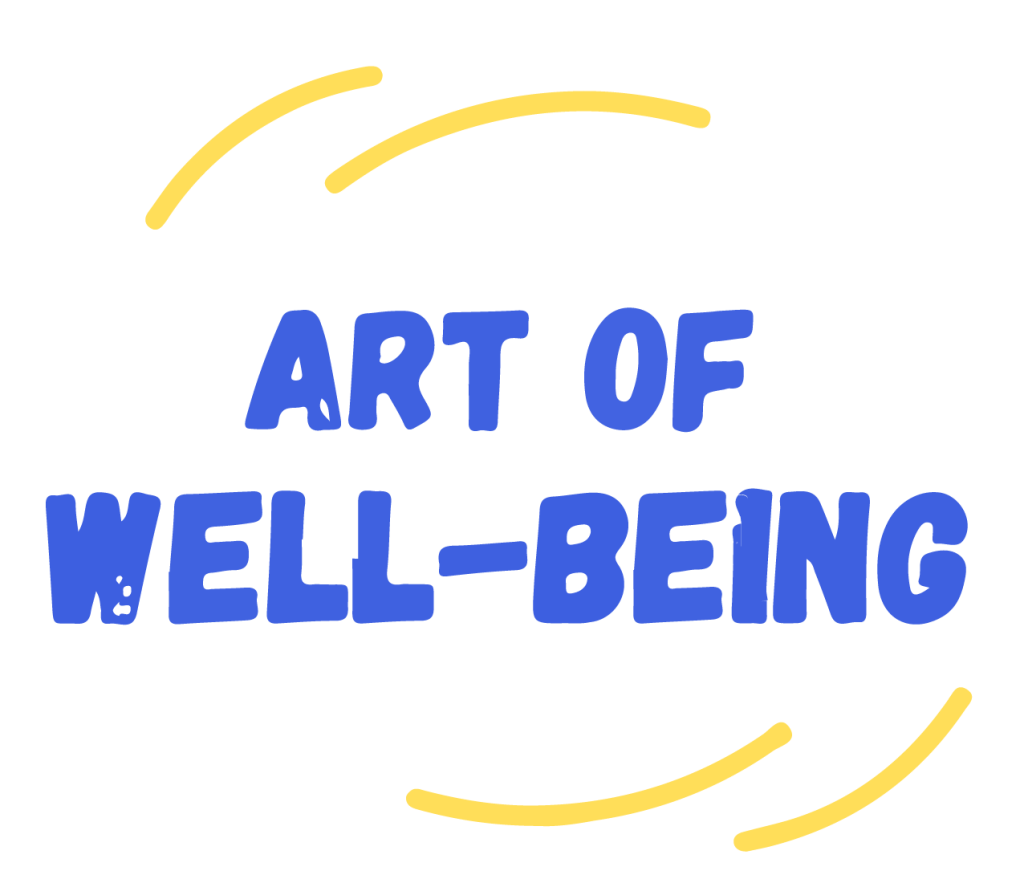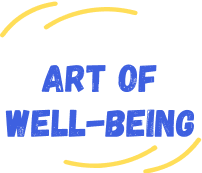Therapeutic Yoga

Talking about our challenges is powerful—but sometimes, it’s not enough to truly move forward, heal, and thrive. If you’re feeling stuck in the same emotional loops, experiencing stress-related physical symptoms, or not making the progress you hoped for in traditional talk therapy, therapeutic yoga may offer the support you’re looking for.
Therapeutic yoga is an integrative, body-based approach to mental health. Rooted in the understanding that emotions are not only mental but also physical, it helps clients use the body as a tool for regulation, stress relief, emotional processing, and change.
Benefits of Yoga Therapy
Therapeutic yoga may be used alongside talk therapy to support the treatment of:
- Anxiety and depression
- Obsessive thoughts and behaviors
- Body image and self-concept challenges
- Grief and loss
- Self-harm
- Adjustment and life transitions
It is not a fit for everyone, and not all clients will be candidates for yoga-based interventions. After an assessment period, the therapist and client will work together to develop a treatment plan that may incorporate therapeutic yoga if appropriate.
What to Expect in a Session
Each session is customized based on your needs and mental health goals. Your therapist may guide you through:
- Gentle movement and yoga postures
- Breathing techniques
- Visualization or meditation practices
- Mindfulness-based tools to focus the mind and regulate emotions
You are always in control of your body and your experience. You’ll be invited to share how your body feels and how your emotions shift throughout the session. Over time, you’ll develop a toolkit of practices to use between sessions and support long-term change.
What Does “Bottom-Up” Mean?
Most traditional talk therapies use a “top-down” approach—working with thoughts and emotions to influence the body and nervous system. In contrast, therapeutic yoga works from the bottom up, using the body to shift what’s happening in the nervous system and bring about change in emotional and cognitive states. Through movement, breath, and mindful awareness, we help the body communicate safety to the brain—allowing space for healing, resilience, and emotional regulation
Why Is Theraeptuic Yoga Integrative?
Mindfulness-Based Stress Reduction (MBSR)
The Chakra System
A traditional yogic model, the chakra system identifies seven energy centers in the body, each associated with specific emotional and psychological themes.
Modern physiology shows these energy centers align with major nerve ganglia along the spine. When certain chakras are out of balance, targeted breathing practices and yoga poses can support emotional and nervous system regulation.

